![图片[1]-Aerial Photography Drones: Revolutionizing Modern Visual Storytelling-msoen](https://www.msoen.com/wp-content/uploads/2025/05/c73bed44f5003525-683x1024.png)
![图片[2]-Aerial Photography Drones: Revolutionizing Modern Visual Storytelling-msoen](https://www.msoen.com/wp-content/uploads/2025/05/e12b5f44ab003521-768x1024.png)
![图片[3]-Aerial Photography Drones: Revolutionizing Modern Visual Storytelling-msoen](https://www.msoen.com/wp-content/uploads/2025/05/5f0a73a05f003508-768x1024.png)
![图片[4]-Aerial Photography Drones: Revolutionizing Modern Visual Storytelling-msoen](https://www.msoen.com/wp-content/uploads/2025/05/e34a391e96003453-768x1024.png)
The advent of aerial photography drones has transformed how humans capture and perceive the world from above. Once confined to specialized industries, these unmanned aerial vehicles (UAVs) now democratize high-resolution imaging, enabling professionals and hobbyists alike to explore perspectives previously accessible only to satellites or helicopters. This article delves into the capabilities, applications, and ethical considerations surrounding aerial photography drones.
The Technology Behind Aerial Photography Drones
Modern aerial drones are engineering marvels, integrating advanced hardware and software to deliver precision imaging. Key components include:
- High-Resolution Cameras: Equipped with gimbals to stabilize shots, drones often house cameras capable of 4K or 8K resolution, optical zoom, and low-light performance.
- GPS and Sensors: Real-time kinematic (RTK) GPS and obstacle-avoidance sensors ensure accurate positioning and safe navigation, even in complex environments.
- AI-Powered Features: Automated flight paths, object tracking, and post-processing enhancements streamline workflows for photographers.
These innovations allow drones to execute intricate maneuvers—such as orbiting around a subject or stitching panoramic landscapes—while maintaining stability in windy conditions.
Applications Across Industries
- Filmmaking and Entertainment
Drones have become indispensable in cinema, offering dynamic aerial shots that reduce reliance on cranes or helicopters. They enable filmmakers to capture sweeping landscapes, action sequences, or intimate close-ups from vantage points that enhance storytelling. - Architecture and Real Estate
Architects use drones to document construction progress and create 3D models of sites. Real estate agents leverage aerial photography to showcase properties, providing potential buyers with immersive views of neighborhoods and surrounding landscapes. - Environmental Monitoring
Conservationists employ drones to monitor deforestation, track wildlife populations, and assess ecosystems damaged by natural disasters. Their ability to access remote or hazardous areas makes them invaluable for ecological research. - Agriculture
Precision agriculture utilizes drones equipped with multispectral sensors to analyze soil health, detect crop diseases, and optimize irrigation. This data-driven approach boosts yields while minimizing resource waste. - Emergency Response
Search-and-rescue teams deploy drones in disaster-stricken regions to locate missing individuals, map affected areas, and deliver supplies. Their agility and rapid deployment save critical time in emergencies.
Challenges and Ethical Considerations
While drones offer unparalleled advantages, their use raises several concerns:
- Regulatory Compliance: Airspace restrictions, no-fly zones, and licensing requirements vary globally, complicating cross-border operations.
- Privacy Issues: The potential for unauthorized surveillance sparks debates about data ethics and public consent.
- Safety Risks: Malfunctioning drones or operator error could endanger people, wildlife, or infrastructure.
To address these challenges, governments and organizations are establishing guidelines, such as geofencing technology and public awareness campaigns, to balance innovation with responsibility.
The Future of Aerial Photography Drones
The next decade promises groundbreaking advancements:
- Swarm Technology: Coordinated fleets of drones could capture synchronized footage for large-scale projects, from urban mapping to sports broadcasting.
- Longer Endurance: Improved battery tech and solar integration may extend flight times from minutes to hours.
- Hybrid Systems: Drones paired with ground-based robotics could enable hybrid data collection for industries like archaeology or disaster management.
As artificial intelligence evolves, drones may autonomously edit footage or predict optimal shooting angles, further democratizing creative expression.
Conclusion
Aerial photography drones are more than tools—they are catalysts for creativity, efficiency, and global connectivity. By transcending physical limitations, they empower individuals and organizations to reimagine what’s possible from the skies. However, their transformative power demands ethical stewardship to ensure they uplift humanity without compromising safety or privacy. In mastering this balance, the future of aerial imaging holds limitless potential.
This article explores the technical and societal dimensions of drones impartially, focusing on their broader impact rather than specific brands or products.


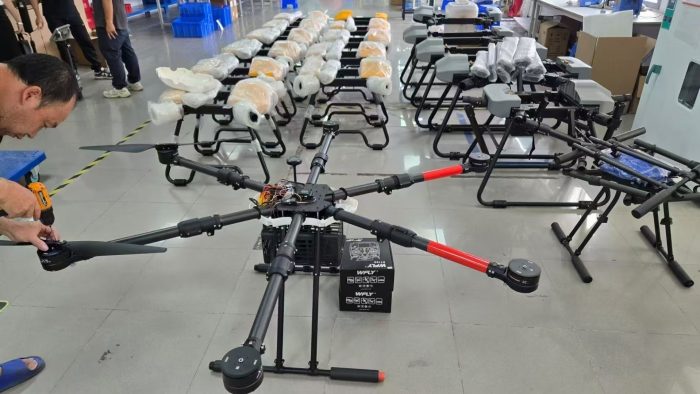

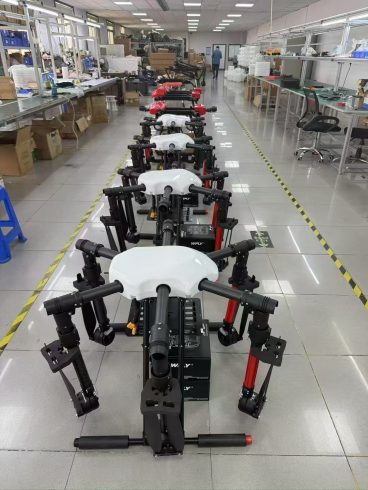
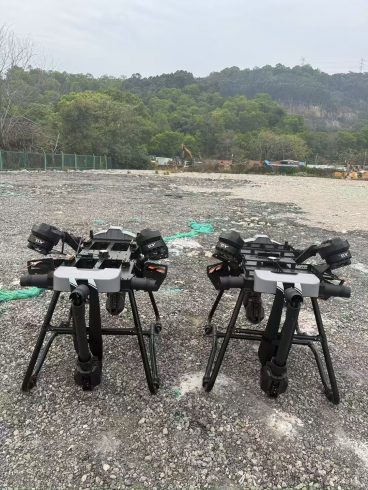
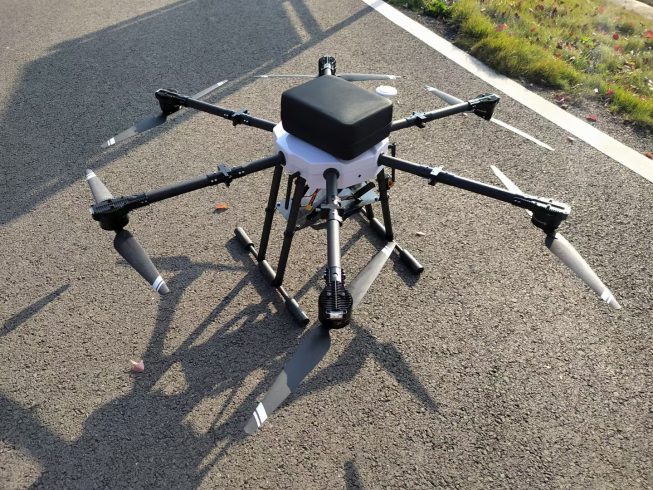
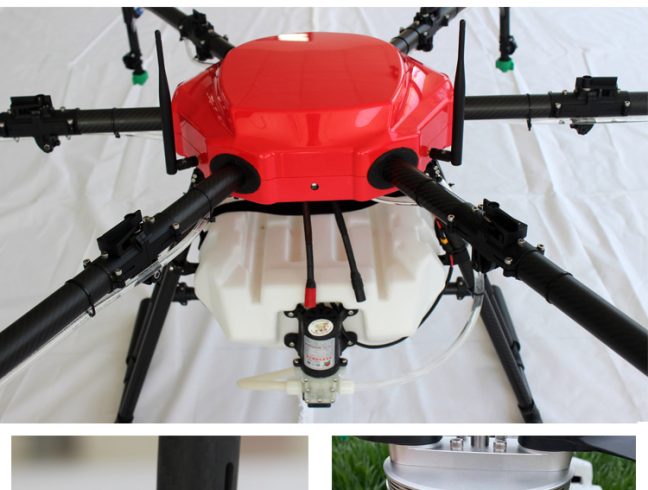
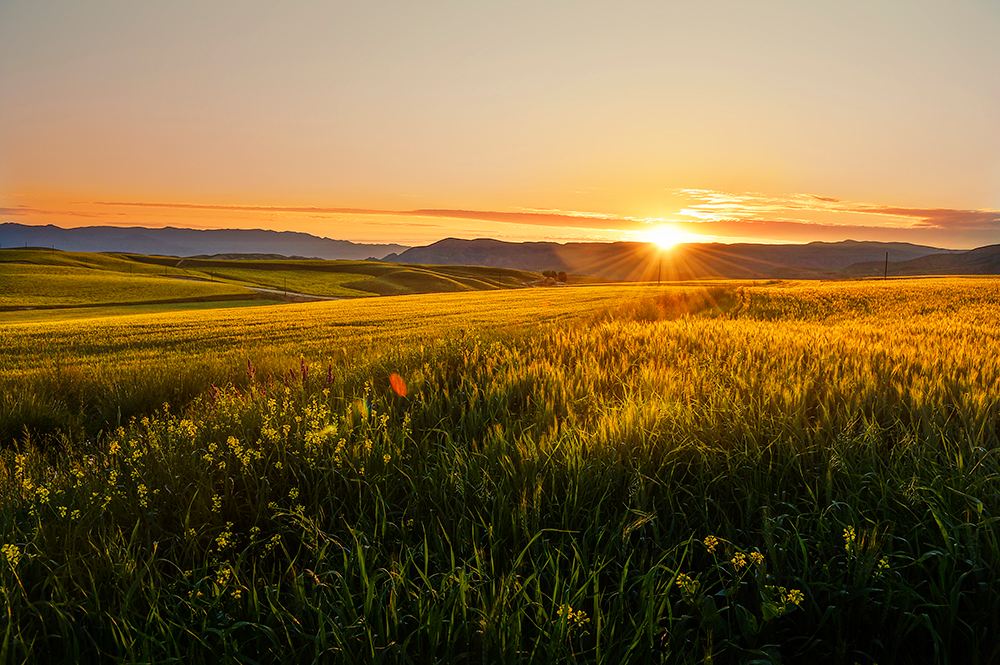
暂无评论内容